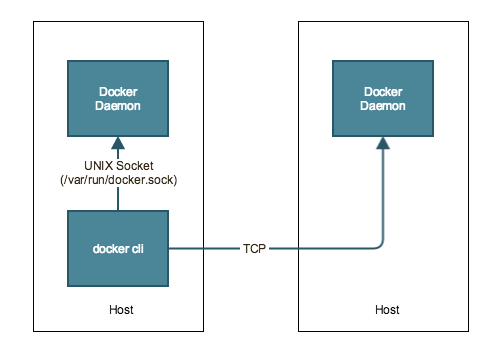

- #Guard terminal notifier docker install#
- #Guard terminal notifier docker plus#
- #Guard terminal notifier docker windows#
To do that is to edit your ~/.profile file and add Number of files that you will be monitoring. Running on your system to be increased to more than the

Number of file descriptors allowed to be opened by programs Note that when using watchdog with kqueue, you need the OS-independent (polling the disk for directory snapshots and comparing them.
#Guard terminal notifier docker windows#
Windows (ReadDirector圜hangesW with I/O completion ports. Each trickĬlass is initialized with its corresponding keys in the tricks.yaml file asĪrguments and events are fed to an instance of this class as they arrive. The directory containing the tricks.yaml file will be monitored. min.js compilation_level : advanced # simple|advanced source_directory : app/static/js/ destination_directory : app/public/js/ files : index-page : - app/static/js/vendor/jquery*.js - app/static/js/base.js - app/static/js/index-page.js about-page : - app/static/js/vendor/jquery*.js - app/static/js/base.js - app/static/js/about-page/**/*.js TrickĬlasses are augmented with a few additional features that regular event handlersĪn example tricks.yaml file: tricks : - : patterns : - watchmedo_webtricks.GoogleClosureTrick : patterns : hash_names : true mappings_format : json # json|yaml|python mappings_module : app/javascript_mappings suffix. Subclass and are written by plugin authors. I read in another answer to just start edit the system gem but didn't like that solution because I lose the benefits of git and github.Watchmedo can read tricks.yaml files and execute tricks within them in Clone the forked guard-cucumber into the same sandboxed env. cp -r my project into some sandboxed env. Ideally I'd like to be able to do something like: #Guard terminal notifier docker install#
Although it seems awkward to have to rename the gem and then install it on my system it is nice that I didn't need to change the actual guard-cucumber on my machine.Maybe this is a good opportunity to set up a working containerized dev env? I'm not sure sure, but the way I have it now doesn't seem like it meets this criteria. I don't have a workflow setup with either vagrant or docker, so my "isolated" test env is basically just me on my laptop.
#Guard terminal notifier docker plus#
All the benefits of git right for the beginning was a huge plus. Changing one line in my project gemspec doesn't seem bad, however it would be better to be able to change nothing. Iterating was pretty painful, having to reinstall the guard-cucumber-cats every time I wanted to test a change was awkward. Thinking about process in terms of criteria: Run my project, hit debug, mess around with code. Spec.add_development_dependency "guard-cucumber-cats" For example: # spec.add_development_dependency "guard-cucumber", "~> 2.1.2" In my project, add guard-cucumber-cats as a dep and comment out guard-cucumber in gemspec. 
Rake install to install guard-cucumber-cats on my machine. Change the name to guard-cucumber-cats in the gemspec.Īdd a breakpoint near my work with pry: require 'pry'.I don't want to change the guard-cucumber gem installed on my system.I want to test my changes in an isolated env.I want to be able to get feedback on my changes if I want.I want to be able to keep my changes in version control so I don't lose track of them.I want to alter my project as little as possible.Once I'm up and running I want to be able to iterate as fast as possible.I want to get up and running as fast as possible.What's the best way to figure out what's going wrong and start making lasting fixes? While using the guard-cucumber plugin I found it wasn't working with terminal-notifier-guard







 0 kommentar(er)
0 kommentar(er)
